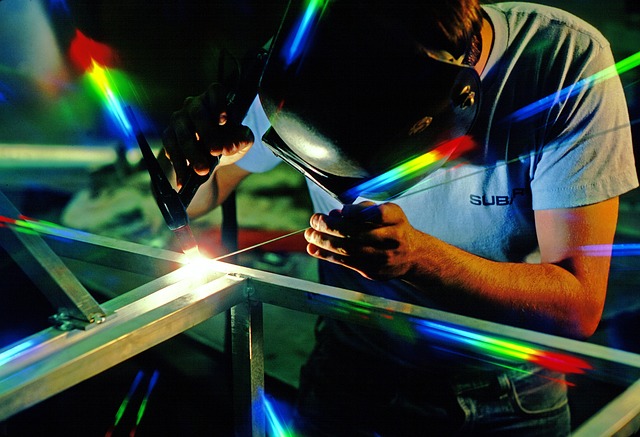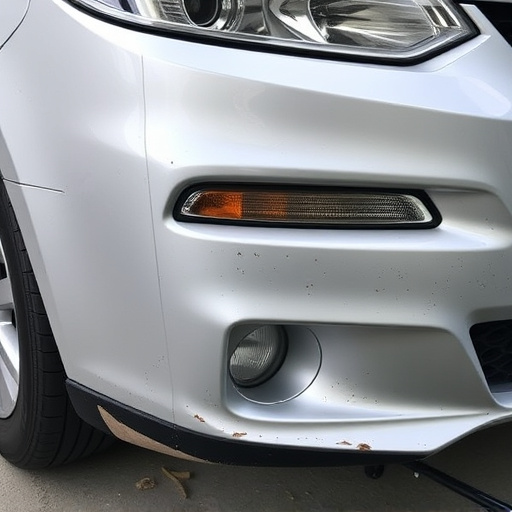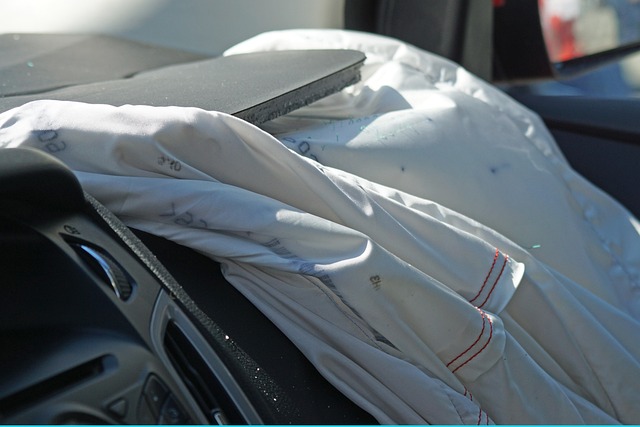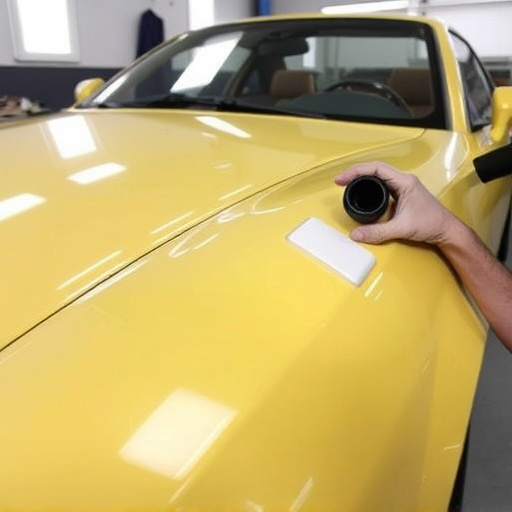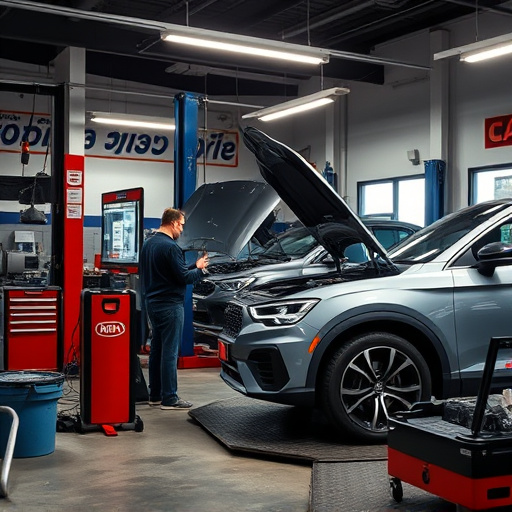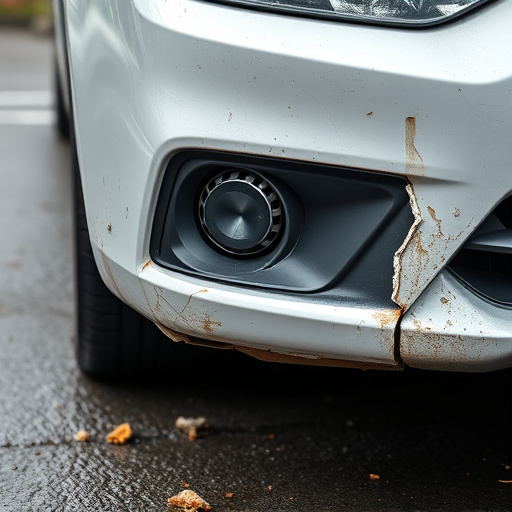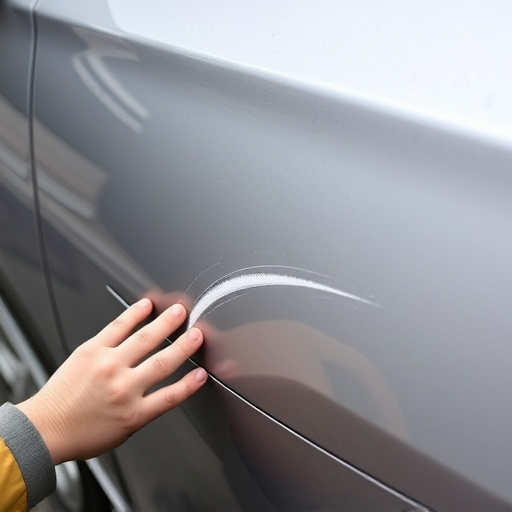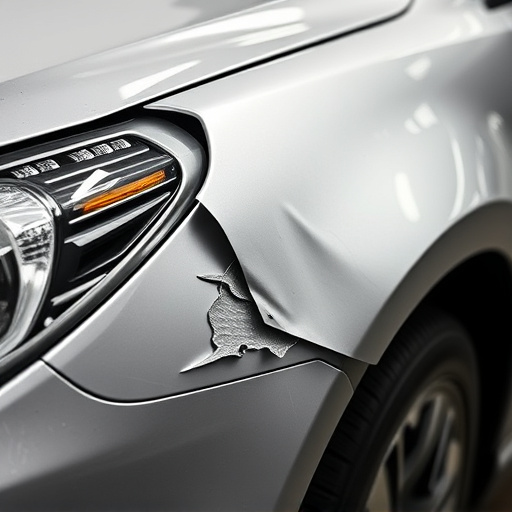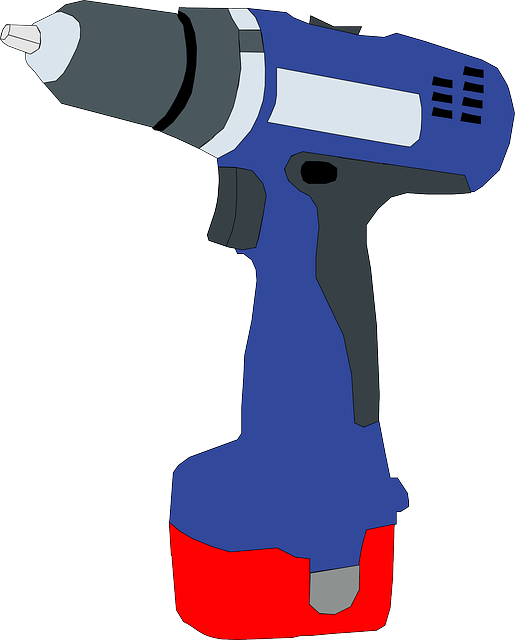Plastic welding technology leverages material compatibility and safety protocols for diverse applications. Common thermoplastics like PE, PP, and ABS are used in manufacturing and vehicle repairs. Hot gas, ultrasonic, laser, and extrusion methods cater to specific plastic types. Strategic joint design, stress management, and quality control ensure robust welds. Best practices prevent defects and drive innovation in sectors like car collision repair.
“Dive into the world of plastic welding technology with our comprehensive guide. Explore the fundamentals, from understanding materials and safety protocols to mastering diverse techniques like hot gas, ultrasonic, and more. Delve into advanced practices, including joint design, quality control, and troubleshooting tips, to become a master in this dynamic field. Unlock the secrets to effective plastic welding for various applications.”
- Understanding Plastic Welding Basics: Materials and Safety
- Techniques for Different Plastic Types: Hot Gas, Ultrasonic, and More
- Advanced Practices: Joint Design, Quality Control, and Troubleshooting Tips
Understanding Plastic Welding Basics: Materials and Safety
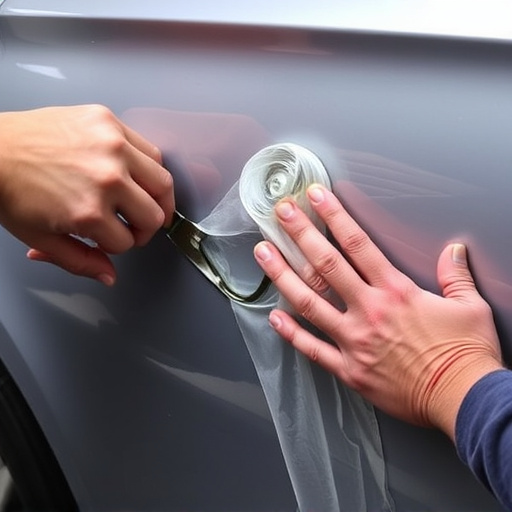
Plastic welding technology is a specialized process that involves joining or fusing different types of plastic materials. Understanding the basics, including the right materials and safety precautions, is crucial for anyone venturing into this field. When it comes to plastic welding, various thermoplastic polymers like polyethylene, polypropylene, and ABS are commonly used due to their versatility and compatibility with welding techniques.
Safety is a paramount concern in any welding operation, especially when dealing with plastics. Welders should be well-versed in the specific safety protocols associated with plastic welding technology. This includes wearing appropriate personal protective equipment (PPE), such as heat-resistant gloves, safety goggles, and masks to protect against toxic fumes. Additionally, ensuring proper ventilation in the workspace is essential to prevent the buildup of harmful gases during the welding process, making it especially relevant for vehicle body shops offering car paint services or engaging in vehicle collision repair.
Techniques for Different Plastic Types: Hot Gas, Ultrasonic, and More
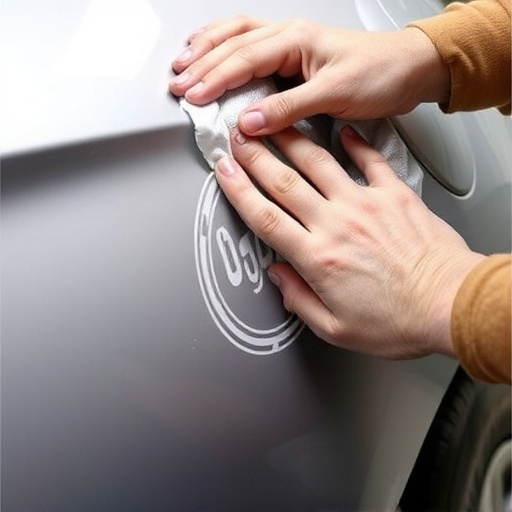
When it comes to plastic welding technology, different techniques are required for various types of plastics due to their distinct properties. Hot gas welding is a versatile method suitable for many thermoplastics, utilizing heated gas to melt and fuse the materials together. This technique is often employed in manufacturing and construction for tasks like pipe joining and sealing.
Ultrasonic welding stands out as another powerful approach, leveraging high-frequency sound waves to generate heat and bond plastics. It’s particularly effective for thin, delicate materials, making it a go-to method in industries such as automotive repair services and paintless dent repair, where precision and minimal damage are crucial. Other techniques like laser welding and extrusion offer specialized solutions tailored to specific plastic types and applications, further expanding the possibilities within this diverse field of plastic welding technology.
Advanced Practices: Joint Design, Quality Control, and Troubleshooting Tips
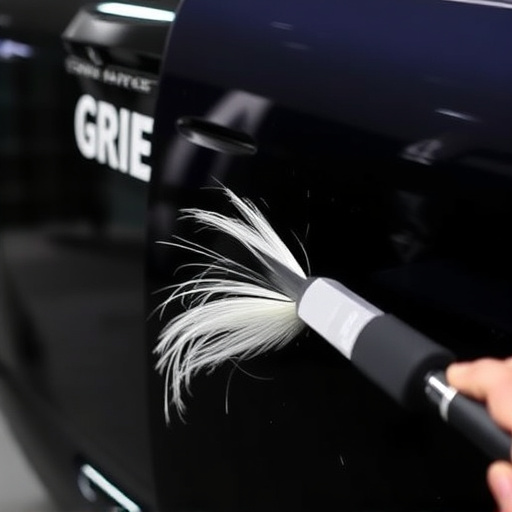
In the realm of plastic welding technology, advanced practices such as strategic joint design significantly enhance the integrity and durability of welds. Engineers and technicians should consider factors like material compatibility, stress concentration points, and environmental exposure to optimize the bond between components. Quality control is paramount; regular inspections using advanced imaging techniques ensure precision and consistency in weld quality. This meticulous approach minimizes defects, enhancing the overall reliability of plastic welding in various industries, including car collision repair and car repair services offered at top-tier collision repair shops.
Troubleshooting tips play a crucial role in maintaining high standards. Identifying issues like incorrect welder calibration, subpar filler materials, or improper joint preparation can prevent weak welds and costly rework. By addressing these challenges promptly, professionals ensure the longevity of welded components, be it in manufacturing processes or car collision repair scenarios. Implementing best practices and staying updated with industry innovations foster excellence in plastic welding technology.
Plastic welding technology offers a versatile and powerful approach to joining plastics, catering to various industries from automotive to medical. By understanding the fundamentals, mastering techniques like hot gas, ultrasonic, and more, and adopting advanced practices such as optimal joint design, rigorous quality control, and effective troubleshooting, you can harness the full potential of this technology. These insights empower professionals to create durable, high-quality plastic welds, ensuring superior product performance and reliability.
